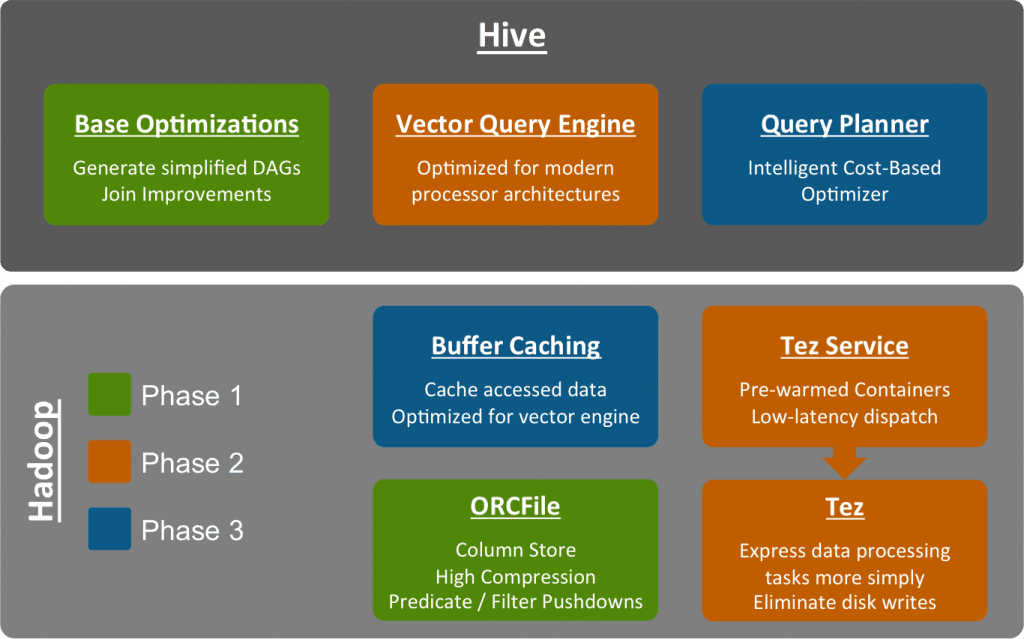ST_Geometry Aggregate Functions for Hive in Spatial Framework for Hadoop by Jonathan Murphy.
From the post:
We are pleased to announce that the ST_Geometry aggregate functions are now available for Hive, in the Spatial Framework for Hadoop. The aggregate functions can be used to perform a convex-hull, intersection, or union operation on geometries from multiple records of a dataset.
While the non-aggregate ST_ConvexHull function returns the convex hull of the geometries passed like a single function call, the ST_Aggr_ConvexHull function accumulates the geometries from the rows selected by a query, and performs a convex hull operation over those geometries. Likewise, ST_Aggr_Intersection and ST_Aggr_Union aggregrate the geometries from multiple selected rows, to perform intersection and union operations, respectively.
The example given covers earthquake data and California-county data.
I have a weakness for aggregating functions as you know. 😉
The other point this aggregate functions illustrates is that sometimes you want subjects to be treated as independent of each other and sometimes you want to treat them as a group.
Depends upon your requirements.
There really isn’t a one size fits all granularity of subject identity for all situations.
